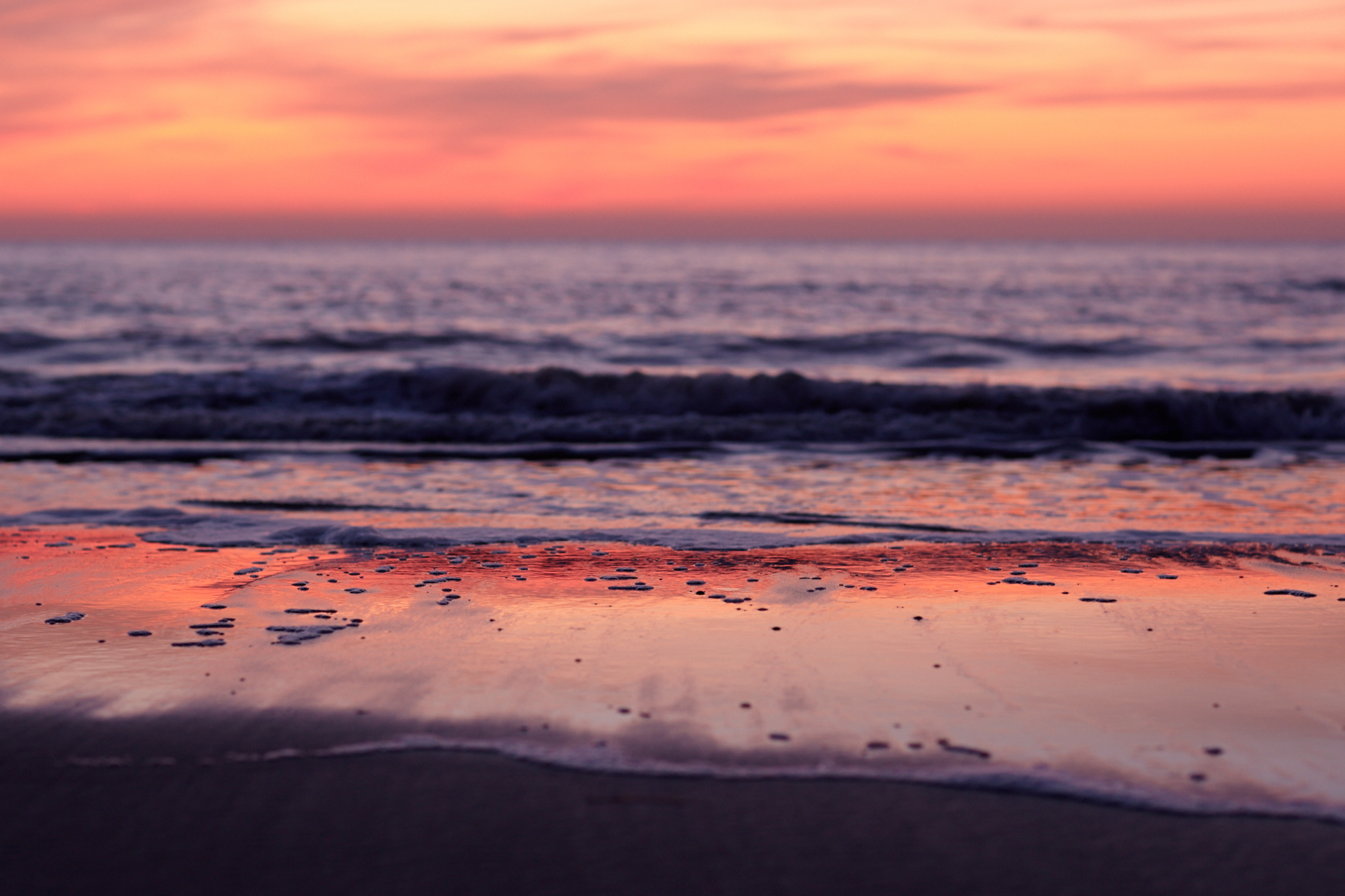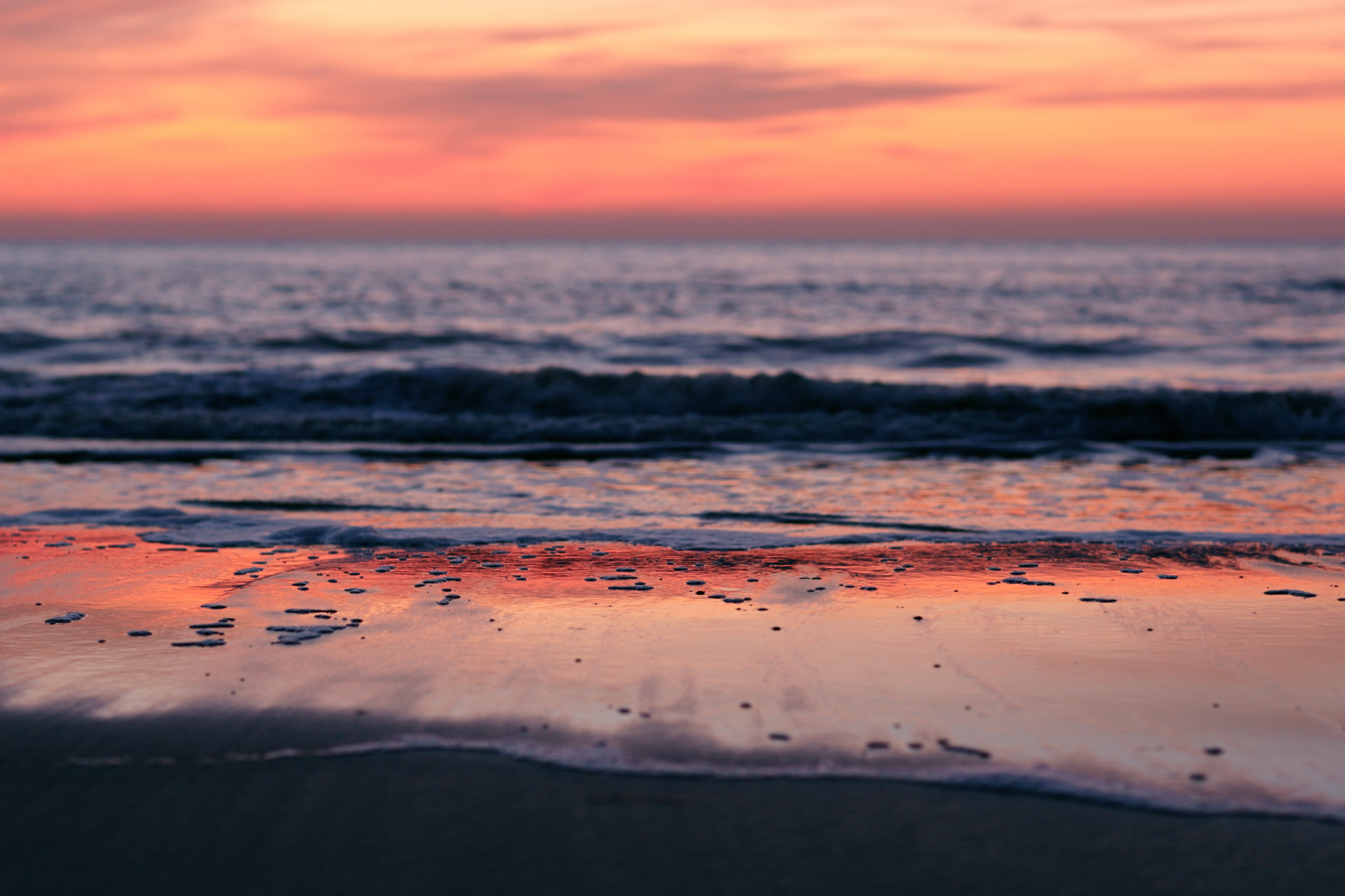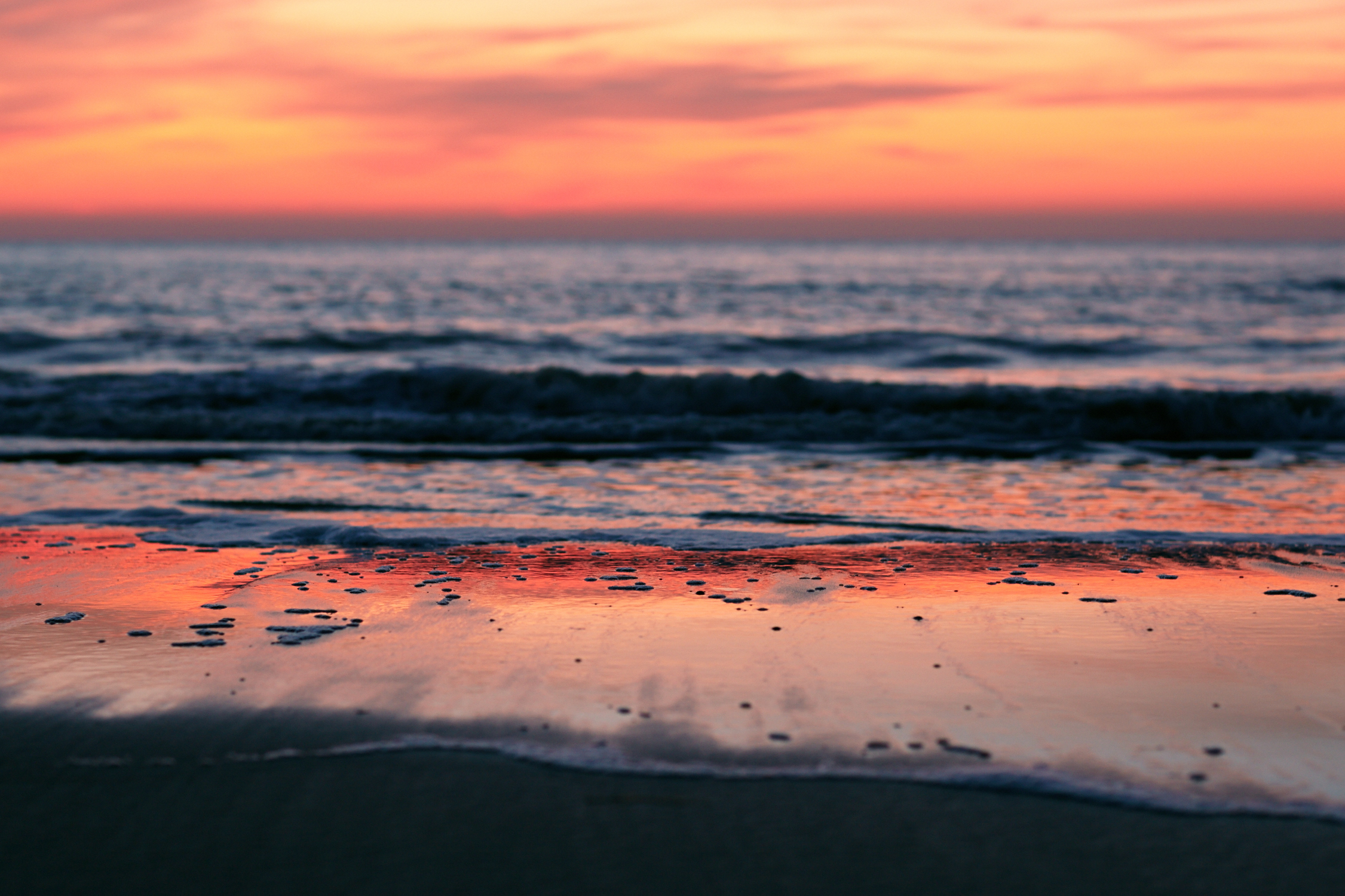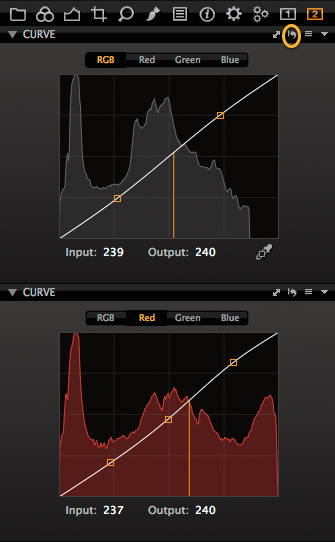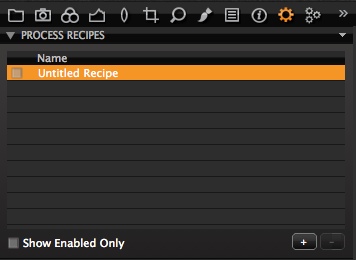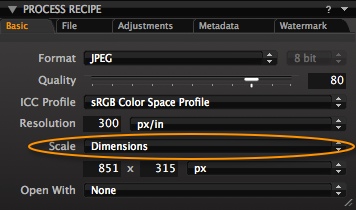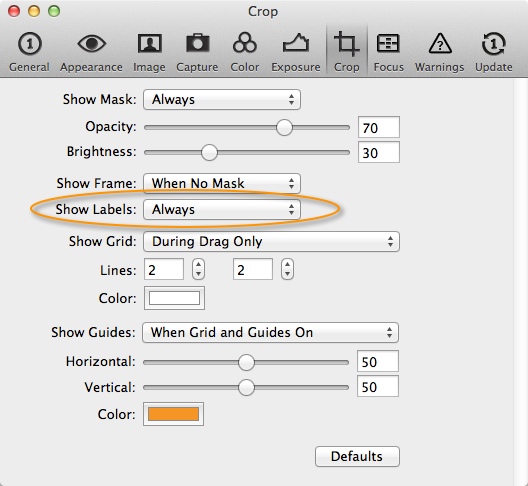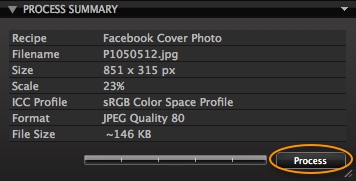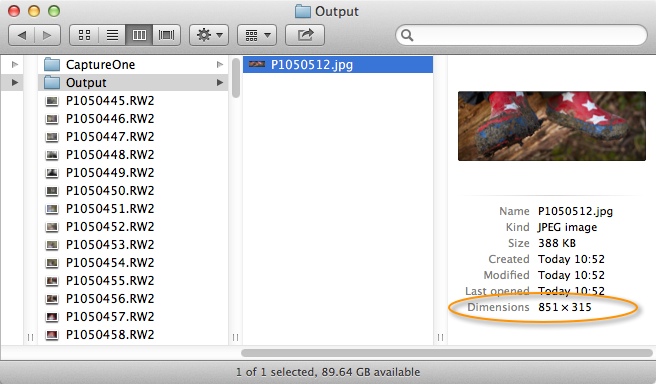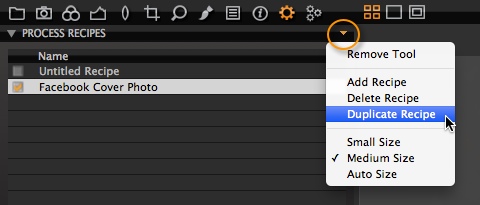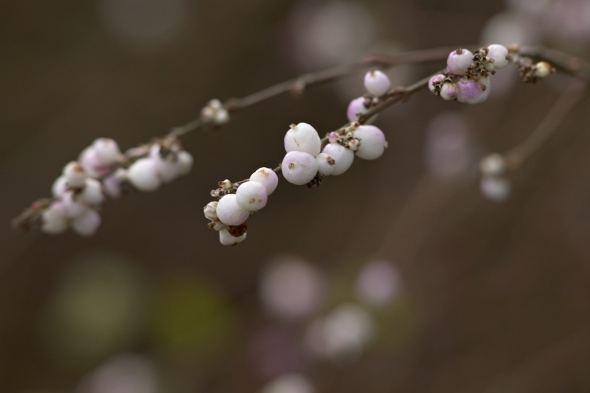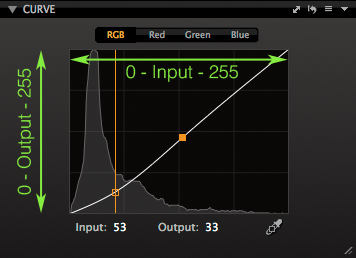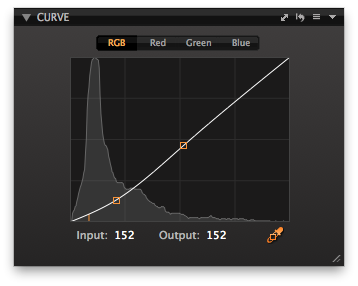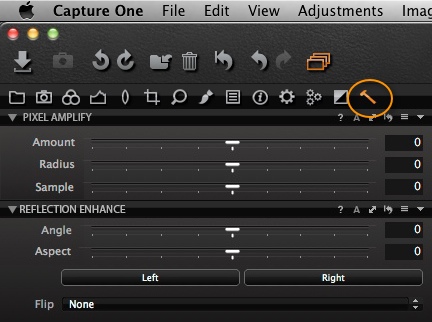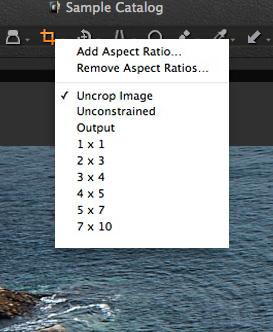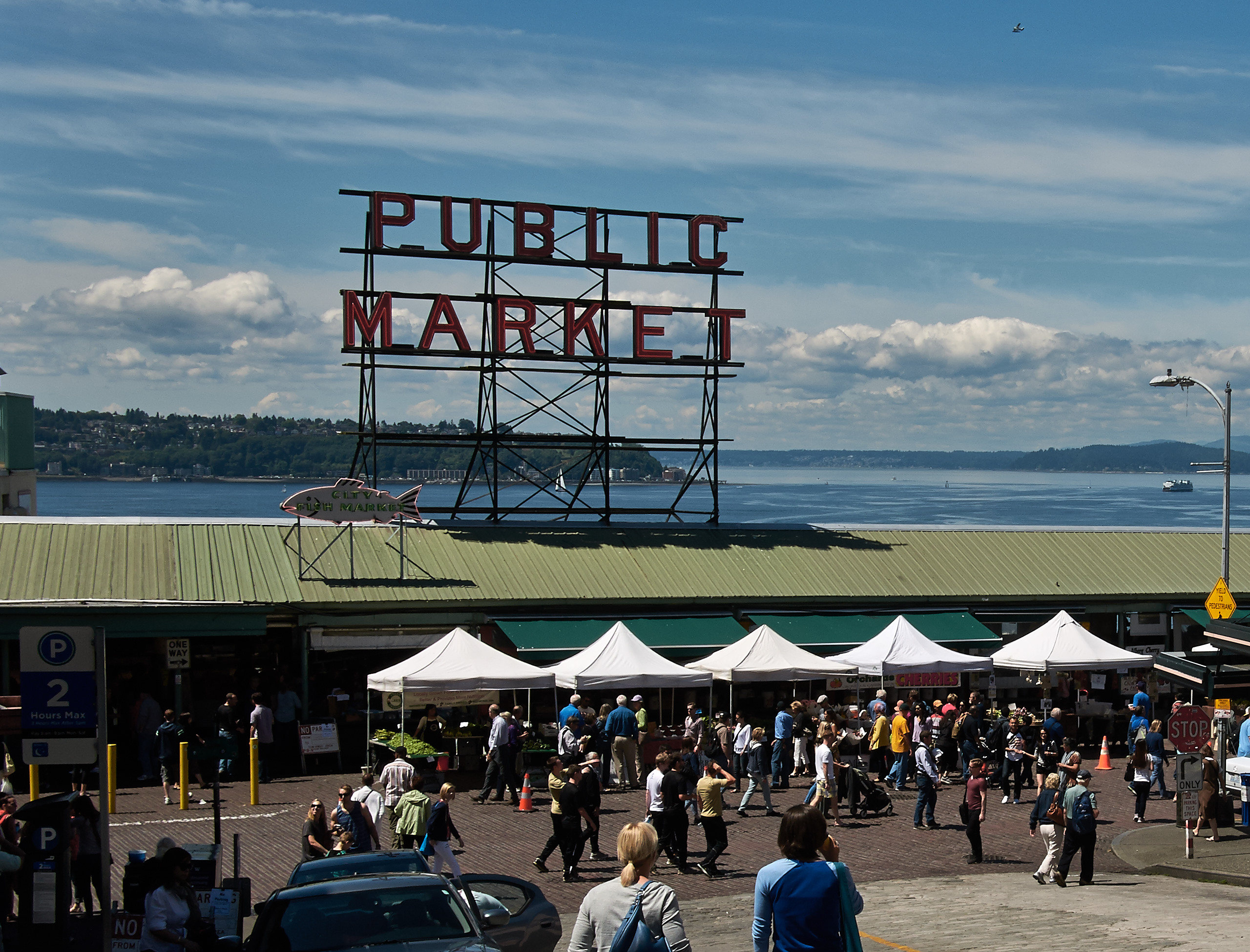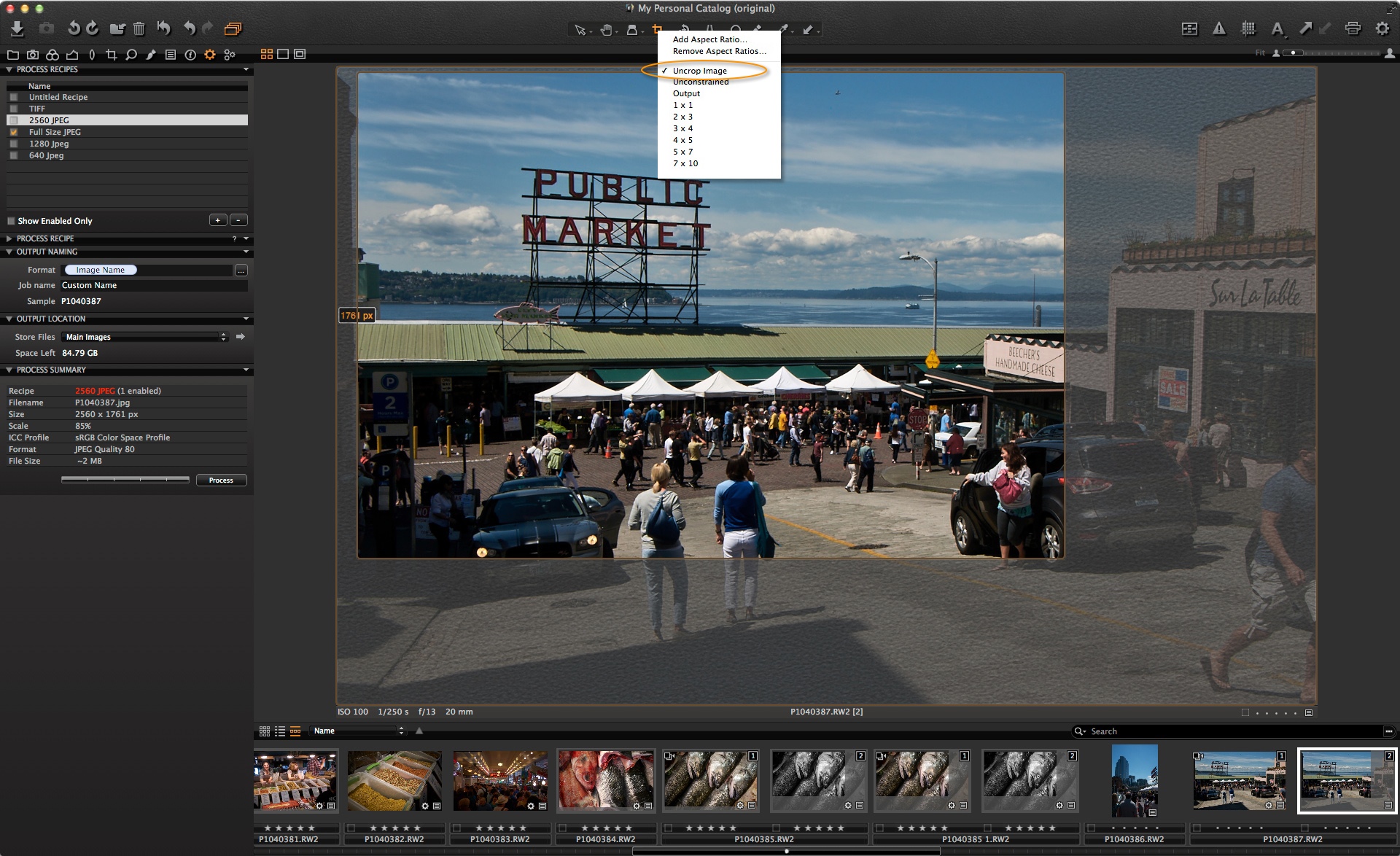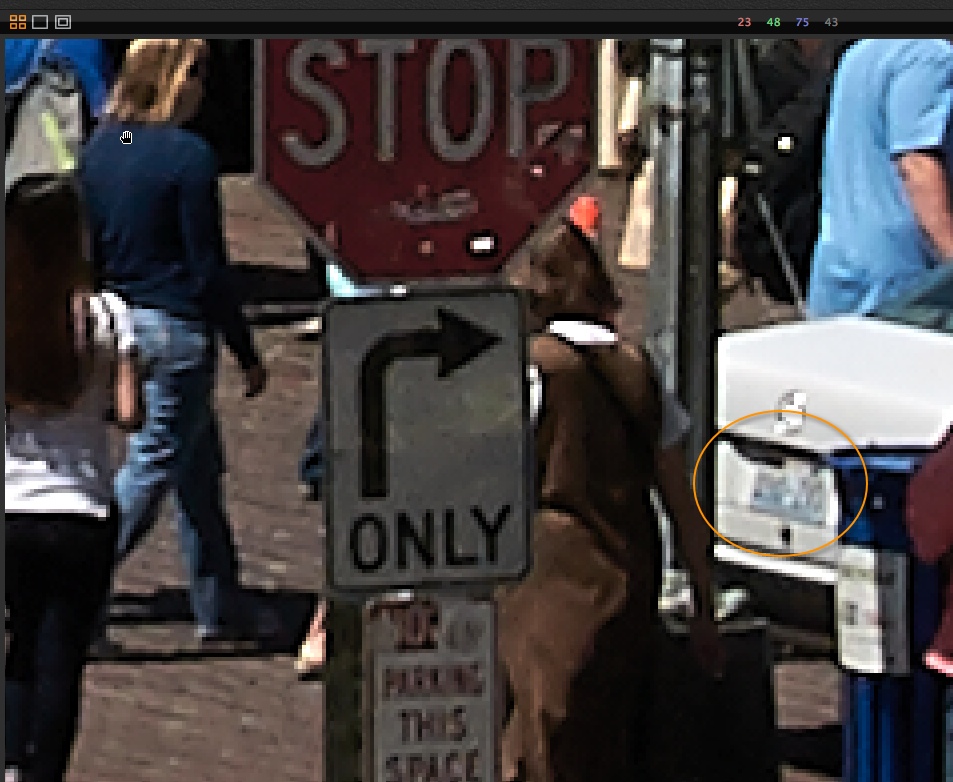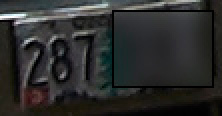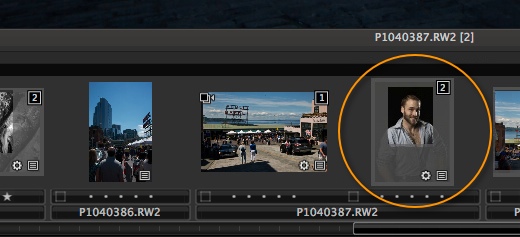The green in fluorescent light, the red of the sunset at the beach, or the colored light at your big birthday party last year can spoil the fun when the images are ready.
Back to Levels & Curve
In this third blog post on Levels & Curves I am going to make advanced color adjustments with both the Levels and Curve Tools by using one or more of the Red, Green, or Blue color channels. I call this kind of use for channel mode.
Note that this feature is only available in Capture One Pro and DB 7, and not in Express 7.
When you are serious about using channel mode, I have a power user tip first: create a workspace with four Levels Tools shown, one for each color channel.
Level your power
Let’s start with Levels in channel mode. You will discover that it is an extremely powerful color editing tool. It allows you to add or remove color. All the markers of the tool are at your disposal.
In the screenshot below I made comments on how to add a color. By using the opposite marker you remove color.
If you want to read more about how Curves and Levels Tools work and the distinction between input and output Levels, click here.
The markers at the left (top & bottom) affect the dark tones in your image, the ones at the right affect the highlights and the marker in the middle affects the mid tones. This way you can easily adjust a color based on its brightness!
Sunset Boulevard
For demonstration I use a sunset image with the obvious reddish/purple cast and low contrast. Thanks to a low camera position I get the maximum reflection of the sky in the water and in the wet sand.
I like the sky but the foreground is too colored (purple). I also need to improve the tonal scale with black and white point. I need to take the purple color out but in the dark tones only. That is exactly what I am going to do with the Levels Tool’s Red and Blue channels.
 I raise the dark tone marker at the bottom left to remove the color in both the Red and Blue channel. This removes the purple cast in the shadow.
I raise the dark tone marker at the bottom left to remove the color in both the Red and Blue channel. This removes the purple cast in the shadow.
This is basically the same as setting a black point in the RGB mode of your Levels Tool as I discussed in an earlier blog post. You remove the gray cast to make it black.
Next, I like to weaken the overall red cast with the mid tone marker (move it to the right) of the Red channel. This is the result:
Now I have the right color at the right places in my image and I have emphasized the romantic mood.
Ease your Levels, enter the Curve
Right, you thought we were done now? Not completely. The Levels red mid tone slider did a nice job, but if you read my previous post on Curves you know that the Curve Tool can do a better job. The warm tones of the sunset can create more of an impact if there are parts that do NOT have that color to increase color contrast.
Also, the general contrast needs a boost too. I use the Curve Tool for both, one curve in the general RGB tab, one curve in the Red tab. Note that I first placed the mid tone marker of the Red channel in the neutral position because the Curve is taking care of that now.
This is the end result I like most:
And here are my Curve settings:
Tips
Two final tips to wrap up this blog post: tool reset and workspace.
1) Reset all Levels or Curve Tool modes
You know the tool reset: the curved arrow icon at the top. It will reset only the adjustments on the selected tab (channel or RGB mode). To reset ALL adjustments of the tool (all tabs: RGB, R, G, and B) at once use Cmd+click (Mac) or Ctrl+click (Windows) with the reset icon.
2) Workspace
To work with all channels in Levels and Curve, you might want to see them all at the same time. Create multiple Levels or Curve Tools as floating tools or create a tool tab for them. Set each to each channel. Save your workspace for future use.
I hope you enjoyed it and will get more out of your images with the Capture One Pro 7 tools Levels and Curve!
Best regards,
Paul Steunebrink




